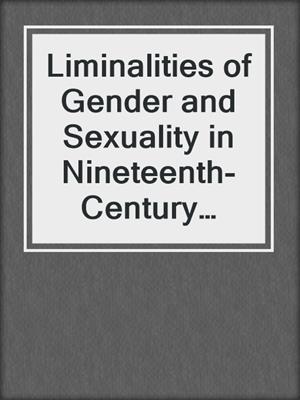Liminalities of Gender and Sexuality in Nineteenth-Century Iranian Photography
ebook ∣ Desirous Bodies · Routledge History of Photography
By Staci Gem Scheiwiller

Sign up to save your library
With an OverDrive account, you can save your favorite libraries for at-a-glance information about availability. Find out more about OverDrive accounts.
Find this title in Libby, the library reading app by OverDrive.



Search for a digital library with this title
Title found at these libraries:
| Library Name | Distance |
|---|---|
| Loading... |
Nineteenth-century Iran was an ocularcentered society predicated on visuality and what was seen and unseen, and photographs became liminal sites of desire that maneuvered "betwixt and between" various social spaces—public, private, seen, unseen, accessible, and forbidden—thus mapping, graphing, and even transgressing those spaces, especially in light of increasing modernization and global contact during the nineteenth and early twentieth centuries. Of primary interest is how photographs negotiated and coded gender, sexuality, and desire, becoming strategies of empowerment, of domination, of expression, and of being seen. Hence, the photograph became a vehicle to traverse multiple locations that various gendered physical bodies could not, and it was also the social and political relations that had preceded the photograph that determined those ideological spaces of (im)mobility. In identifying these notions in photographs, one may glean information about how modern Iran metamorphosed throughout its own long durée or resisted those societal transformations as a result of modernization.







